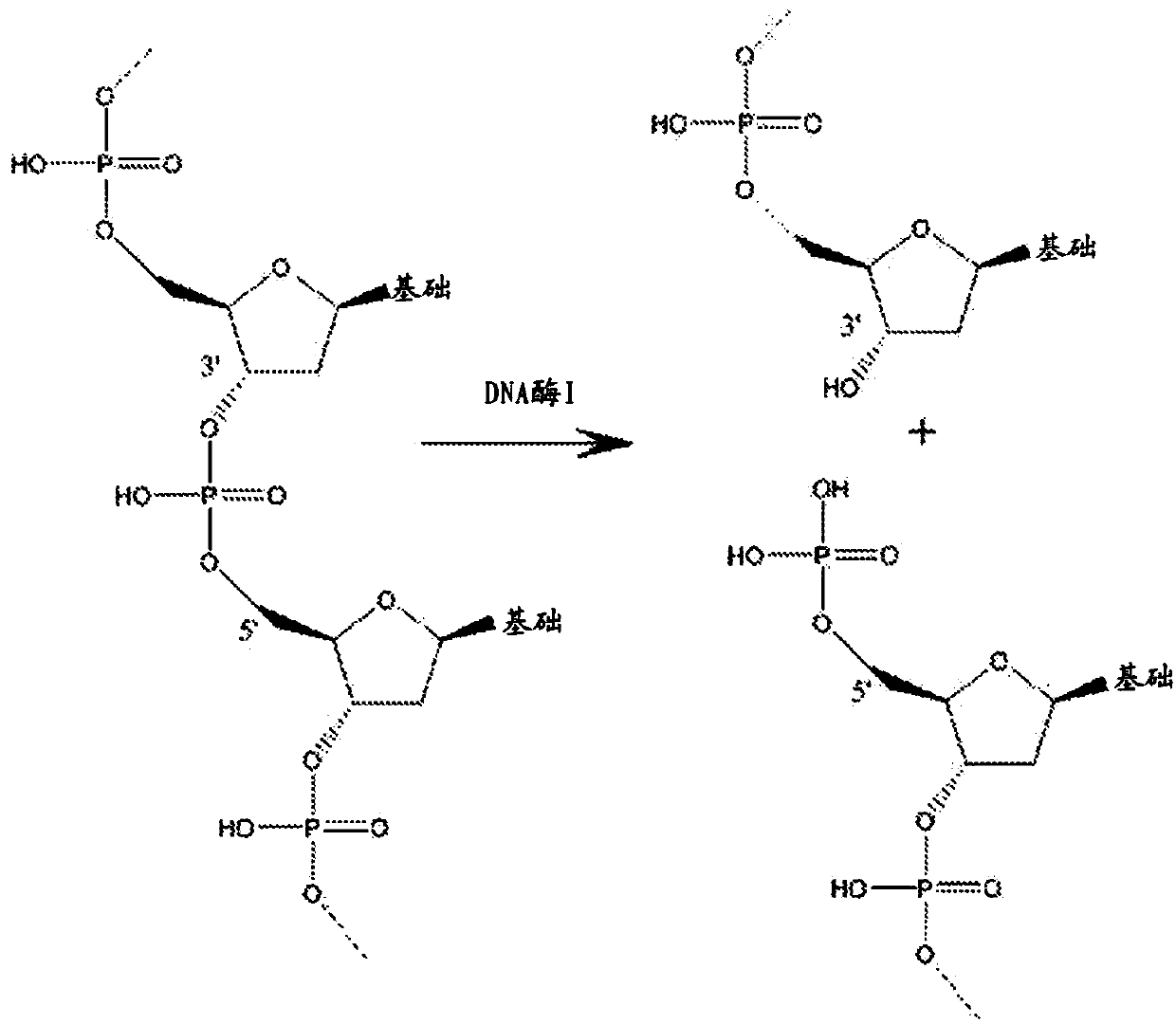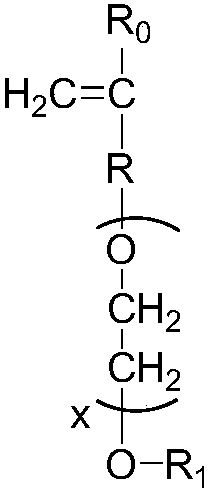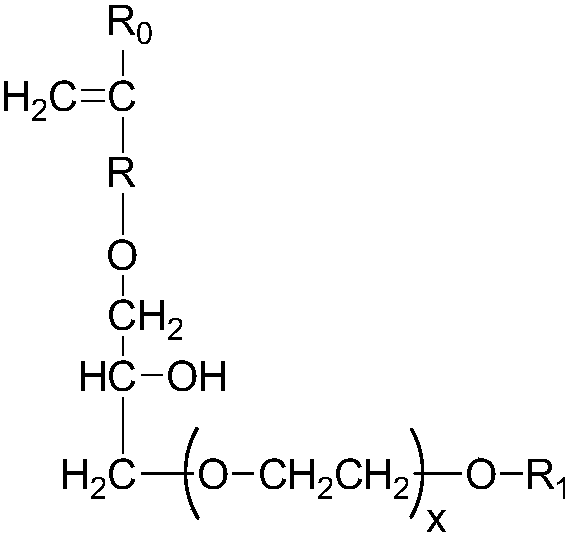Method of treating a fabric
一种纺织物、混纺织物的技术,应用在生物化学设备和方法、化学仪器和方法、洗涤剂组合物等方向,能够解决恶臭等问题
- Summary
- Abstract
- Description
- Claims
- Application Information
AI Technical Summary
Problems solved by technology
Method used
Image
Examples
Embodiment 1
[0298] Example 1: Deposition test on model surface using DPI .
[0299] To illustrate the increased deposition of nucleases on hydrophobized surfaces, the following experiments were performed: Using a dual polarization interferometer (Farfield Analight Bio200), we recorded the deposition of nucleases (SEQ ID NO 1 ) on two model surfaces.
[0300] First pure quartz hydrophilic surface: use UV / Ozone Procleaner TM (BioforceNanosciences) Expose it to UV light for 30 minutes to process Anachip from Farfield TM Flakes. The surface is then highly hydrophilic.
[0301] The second surface is hydrophobically modified: Anachip treated with UV-O3 TM Immerse in a solution of 1% (chloromethyl)trimethylsilane (Sigma Aldrich) in toluene for 30 seconds and rinse with ethanol. This approach grafts silanes onto the silica surface, increasing the concentration of methyl groups on the surface, making it hydrophobic.
[0302] The treated flakes were then placed in the DPI instrument and expo...
Embodiment 1-7
[0308] Example 1-7 Heavy Duty Liquid Laundry Detergent Composition
[0309]
[0310]
[0311] Based on total cleaning and / or treatment composition weight. Enzyme content is reported as raw material.
Embodiment 8 to 16
[0312] Examples 8 to 16 unit dose composition
[0313] These examples provide various formulations for unit dose laundry detergents. Compositions 8 to 12 comprise a single unit dose compartment. This film is used to encapsulate the composition in PVA.
[0314]
[0315]
[0316] Based on total cleaning and / or treatment composition weight. Enzyme content is reported as raw material.
[0317] In the following examples, the unit dose has three compartments, but similar compositions can be prepared with two, four or five compartments. The membrane used to encapsulate the compartment is polyvinyl alcohol.
[0318]
[0319]
[0320]
[0321] Enzyme levels are reported as raw materials based on total cleaning and / or treatment composition weight.
PUM
| Property | Measurement | Unit |
|---|---|---|
| water contact angle | aaaaa | aaaaa |
| water contact angle | aaaaa | aaaaa |
| molecular weight | aaaaa | aaaaa |
Abstract
Description
Claims
Application Information
 Login to View More
Login to View More - R&D
- Intellectual Property
- Life Sciences
- Materials
- Tech Scout
- Unparalleled Data Quality
- Higher Quality Content
- 60% Fewer Hallucinations
Browse by: Latest US Patents, China's latest patents, Technical Efficacy Thesaurus, Application Domain, Technology Topic, Popular Technical Reports.
© 2025 PatSnap. All rights reserved.Legal|Privacy policy|Modern Slavery Act Transparency Statement|Sitemap|About US| Contact US: help@patsnap.com



